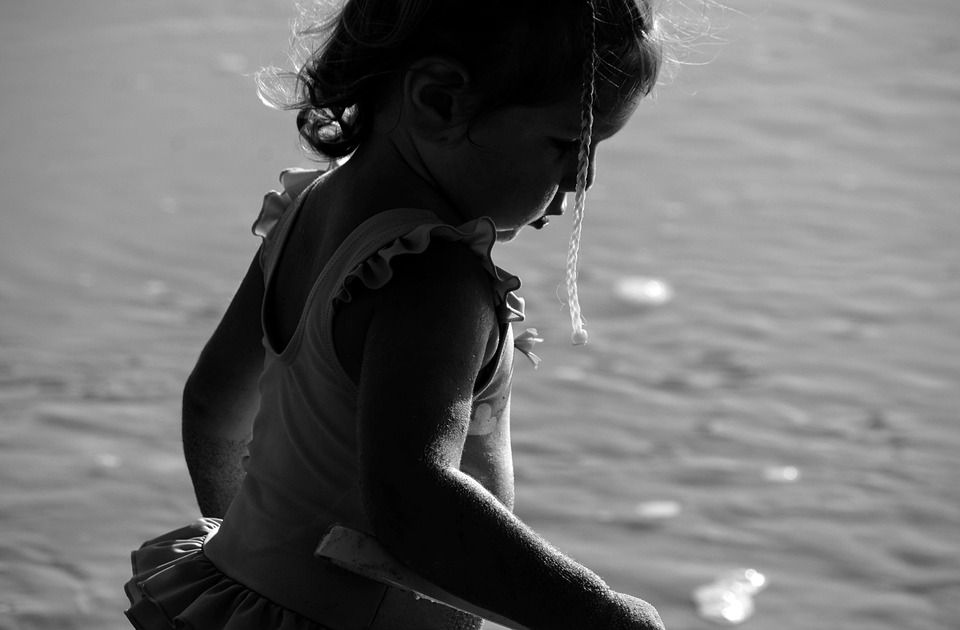Entertainment
The Evolution of Comedy: A Decade-by-Decade Journey

So, let’s get comfy and take a stroll down the hilarious lane of comedy history! Comedy isn’t just about laughter; it’s a reflection of society, culture, and, believe it or not, technology! Buckle up, because we’re diving into the evolution of comedy decade by decade, and trust me, there’s a lot to chuckle about!
The Roaring 20s: Vaudeville and Silent Films
Ah, the 1920s! A time of flappers, jazz, and the birth of modern comedy. This decade gave us vaudeville—a live performance variety show filled with comedic sketches, musical acts, and more. Imagine a stage buzzing with energy, where comedians like Charlie Chaplin stole the show.
Even though films were silent, Chaplin’s physical humor transcended language barriers. His iconic character, the Tramp, captured hearts and paved the way for future comedians. It was a goldmine of slapstick, where visual gags carried the narrative.
- Key Figures: Charlie Chaplin, Buster Keaton
- Style: Slapstick, situational humor
By the end of the decade, talkies (talking films) hit the scene and set the stage for a new era of comedy. Check out BBC’s insights on silent film.
The 30s: The Golden Age of Hollywood
Fast forward to the 1930s! Hollywood was booming, and comedy was all about witty dialogues and engaging narratives. The Marx Brothers, with their chaotic slapstick, dominated the silver screen with films like Duck Soup. Meanwhile, screwball comedies emerged, blending romance and humor in delightful ways.
- Key Figures: The Marx Brothers, W.C. Fields
- Style: Screwball comedies, witty banter
The humor of the 30s often poked fun at social issues like the Great Depression. It was a coping mechanism that took the edge off difficult times. And isn’t that the beauty of comedy? Always there to lighten the mood!
The 40s: Wartime Comedy
As WWII unfolded, the 1940s took a turn. Comedy adapted to fit the times, often infused with a sense of patriotism but also a healthy dose of sarcasm. The rise of radio comedy shows, like The Jack Benny Program, kept spirits high while reflecting societal issues.
Films like To Be or Not to Be by Ernst Lubitsch showcased gallows humor, skillfully weaving comedy with serious subjects.
- Key Figures: Jack Benny, Bob Hope
- Style: Satirical, dark humor
This decade was all about balance—joking through adversity, proving laughter truly is the best medicine.
The 50s: Television Takes Over
The 1950s were a game-changer, with television becoming the primary source of entertainment. Comedians like Lucille Ball in I Love Lucy became household names, blending situational comedy with relatable scenarios.
This era introduced the laugh track, enhancing audience experience and making comedies more engaging. It was all about family-friendly humor, with plenty of physical comedy thrown into the mix.
- Key Figures: Lucille Ball, Sid Caesar
- Style: Family sitcoms, situational humor
Television also gave rise to stand-up comedy, paving the way for live performances and comedy clubs we know today.
The 60s: The Counterculture Movement
Welcome to the 1960s! A decade of change, rebellion, and experimentation. Comedy began to reflect the counterculture movement and social upheaval. The absurdist humor of shows like Monty Python’s Flying Circus twisted conventional comedy narratives.
- Key Figures: Joan Rivers, George Carlin
- Style: Satirical, absurdist humor
Stand-up comedians started addressing taboo topics, pushing boundaries, and using humor as a tool for social commentary. George Carlin’s routines tackled politics and language, forever changing the stand-up game.
The 70s: The Rise of Satire
In the 1970s, comedy became sharper and more politically charged. Programs like Saturday Night Live introduced a new wave of sketch comedy that tackled contemporary issues head-on. This was the decade of satire, where comedians like Richard Pryor used humor to address race relations and social injustice, making people laugh while demanding reflection.
- Key Figures: Richard Pryor, Chevy Chase
- Style: Satirical sketches, edgy humor
Late-night talk shows also began to gain popularity, showcasing comedians’ takes on current events and inviting political discourse into the comedy realm.
The 80s: Stand-Up Explosion
The 1980s is often referred to as the golden age of stand-up comedy. Comedians like Eddie Murphy, Whoopi Goldberg, and Robin Williams became superstars, drawing huge crowds and releasing iconic specials.
- Key Figures: Eddie Murphy, Whoopi Goldberg
- Style: Stand-up, observational humor
This decade also birthed sitcoms that practically defined the genre, offering humor laced with cultural references. The Cosby Show and Cheers tackled real-life issues while making audiences laugh till they cried.
The 90s: Alternative Comedy
The 1990s cruised in with an explosion of alternative comedy. Shows like The Larry Sanders Show and The Simpsons broke traditional molds, blending cringe-worthy moments with genius satire.
- Key Figures: Dave Chappelle, Ellen DeGeneres
- Style: Alternative comedy, meta-humor
Stand-up became a cultural phenomenon, with comedy clubs appearing everywhere, creating a breeding ground for up-and-coming talents who would dominate the next decade.
The 2000s: The Internet Revolution
As we hit the 2000s, the internet transformed comedy into a new era. Viral videos, meme culture, and social media changed how we consume humor. Comedians like Amy Schumer and Kevin Hart used platforms to connect with audiences, creating a whole new relationship between performer and fan.
- Key Figures: Amy Schumer, Kevin Hart
- Style: Digital comedy, topical humor
Podcasts and online sketches began attracting large audiences, leading to the growth of a diverse array of comedic voices. YouTube allowed for self-published comedians to shine, leveling the playing field.
The 2010s: Streaming and Social Justice
And here we are, the 2010s! With platforms like Netflix changing the game, comedy specials became more accessible. Diverse comedians like Hasan Minhaj and Hannah Gadsby tackled social justice issues through humor, making waves and changing the narrative around comedy.
- Key Figures: Hasan Minhaj, Hannah Gadsby
- Style: Storytelling, social justice humor
This decade blurred lines between comedy and other genres, with shows like Atlanta introducing a new style of storytelling that’s both poignant and funny.
The 2020s and Beyond
As we dive into the current decade, it’s clear that comedy continues to evolve in a world filled with challenges. Streaming services are making comedy even more accessible, and more voices are stepping into the spotlight. Comedy is rapidly adapting to social changes, becoming a mirror reflecting not only humor but a means for discussion and change.
So there you have it—a whirlwind tour through the wild and wacky world of comedy! From the silent film era to the digital age, comedy has continually reinvented itself. Who knows where it will go next? But one thing’s for sure: it will always find a way to make us laugh, even in the toughest times. Keep laughing, friends!
